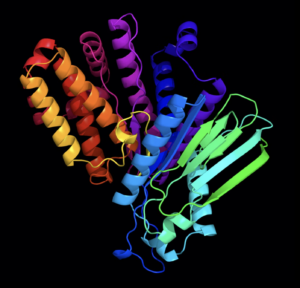A novel bispecific ADC to watch out for

Companies think they see gold in the distance, while ignoring the narrowing, darker hazards close by
If 2024 was the year of topoisomerase-I antibody-drug conjugates (ADCs) then 2025 is likely to herald a different series of trends within this niche.
Adding on extra payloads or targets may seem like a logical extension – as witnessed by the flurry of bispecific and dual-payload ADCs. This approach often ignores the many underlying complexities and challenges involved because these are highly complex and sophisticated agents to develop. It’s not simply a matter of swapping out different elements akin to Lego bricks and hoping for the best.
In this article, we discuss a number of issues facing companies chasing the ADC dream, as well as an early example of an intriguing novel ADC target to pay attention to going forwards.
In the long run, the near and far might turn out to be relative, depending on your perspective…
To continue reading our latest highlights on oncology new product development including commentary and analysis BSB subscribers can log-in or you can click to access the content.
This content is restricted to subscribers

 Continuing our series on Kaizen in cell therapy, we now switch both angles and companies to explore a different round early stage developments.
Continuing our series on Kaizen in cell therapy, we now switch both angles and companies to explore a different round early stage developments.
 Every now and then one comes across a scientific paper detailing a novel approach, which leads to a resurgence of interest and endeavours from the field at large.
Every now and then one comes across a scientific paper detailing a novel approach, which leads to a resurgence of interest and endeavours from the field at large.
